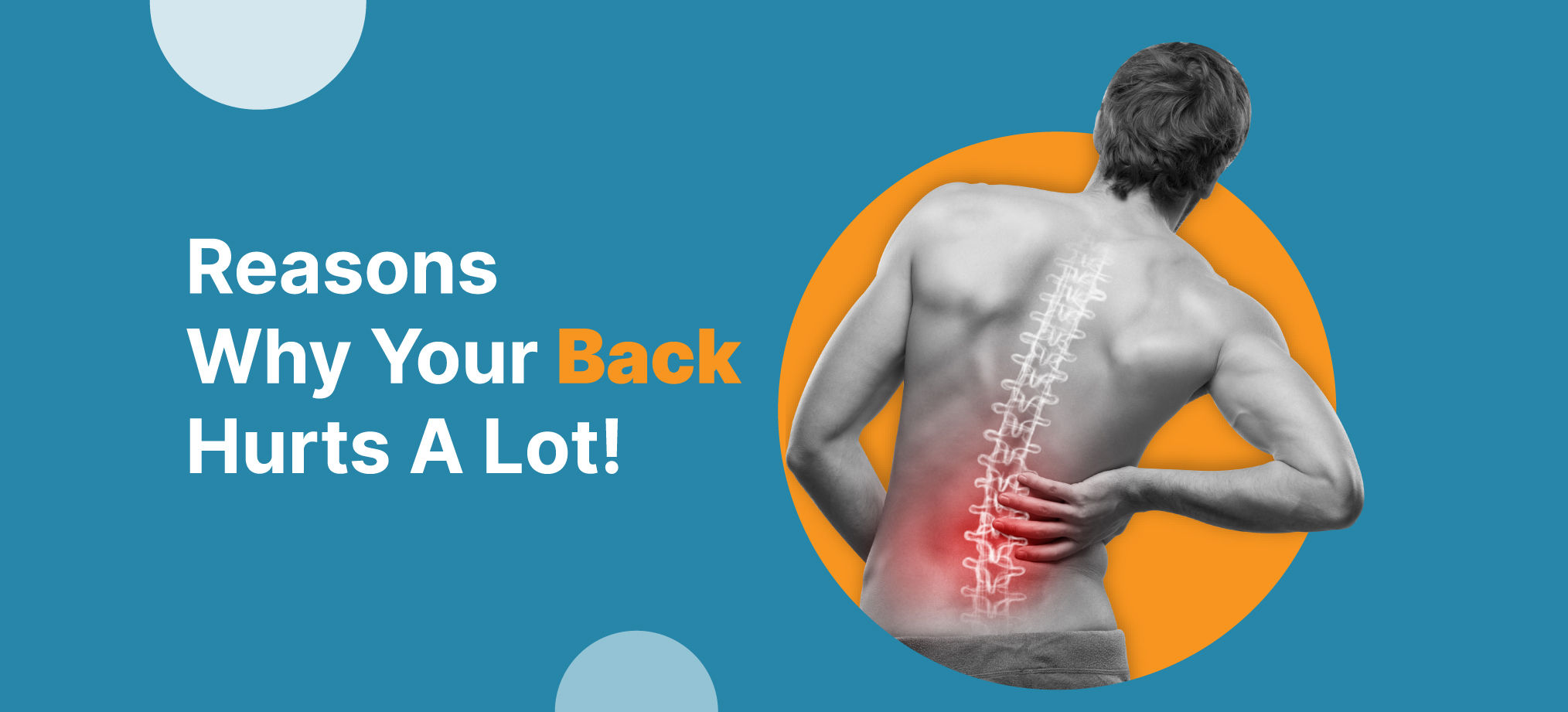Orthopedic Conditions
Stress Fracture: Causes and Self-care Measures
5 min read
By Apollo 24/7, Published on - 20 July 2021, Updated on - 18 October 2022
Share this article
0
9 likes

Stress fractures are tiny cracks in a bone that often result from repetitive trauma or overuse injury. The bones most vulnerable to stress fractures are those of the leg and foot. Stress fractures are common in athletes, especially those involved in running sports. However, anyone can develop a stress fracture, for instance, those starting a new exercise program that involves a higher frequency and duration. In people with bone diseases that cause weak and brittle bones, daily activities can also lead to stress fractures. Recognizing the symptoms early and receiving the appropriate treatment can help an individual return to normal activity levels.
Understanding stress fractures
The majority of stress fractures are overuse injuries that occur when repetitive stress causes damage to the bone. However, the repetitive force is not high enough to cause an acute fracture. Overuse stress fractures occur when repeated motions occur too often. The major factor for developing stress fractures is that the weight-bearing bones are not given enough time to heal between the activities. The bone undergoes a continuous process of renewal where the old bone tissue is replaced by new bone tissue. When the repetitive stress is high, the bone breakdown outpaces new bone formation. This makes the bone weaker and vulnerable to stress fractures.
Where do stress fractures occur?
Stress fractures can occur in any bone that is subjected to overuse or repetitive stress. However, they usually occur in the weight-bearing bones of the lower extremity (lower leg and foot). The bone most affected is the shin bone or tibia and is commonly caused by running injuries. The other common site is the small bones of the foot, especially the second and third metatarsals (the bones between ankle and toes). Stress fractures can also occur in the heel, hip, and lower back.
Risk factors
Factors that can increase the likelihood of stress fracture can be divided into extrinsic and intrinsic factors.
Extrinsic factors
- Practicing improper techniques related to sports or training. Example: When a person with a foot blister walks or runs, more pressure may be exerted on a particular area of the bone.
- Increasing the frequency of activity (increasing the number of days per week)
- Increasing the duration of the activity (running longer distance)
- Changing the surface on which the activity or exercise is performed. For instance, switching from a soft surface to a hard surface
- Wearing improper footwear such as worn out, too delicate, or too stiff shoes that results in reduced ability to bear repetitive stress.
- Performing repetitive motions in certain high-impact sports or activities like long-distance running, tennis, basketball, or dance.
- Running on a sloped surface
- Inadequate calorie intake
- Having lower vitamin D levels
- Playing a sport year-round
Intrinsic factors
- Age: A decrease in bone density with ageing may lead to weakened bones that are vulnerable to stress fractures
- Weight: Both underweight and overweight individuals are at risk of injuries that cause stress fractures. Underweight people have weakened bones while being overweight exerts more pressure on the bones.
- Anatomy: Foot problems such as low or high arches, blisters, or bunions (painful bumps at the base of the big toe or little toe) can affect the way the foot is placed on the ground. Other factors may include muscle weakness or lack of flexibility.
- Gender: Females are at a higher risk due to irregular or absent menstrual periods that lead to decreasing bone mass.
- Medical conditions: Bone diseases such as osteoporosis cause weakening of the bones that are more prone to stress fractures.
Symptoms of a stress fracture
Some of the most common symptoms of a stress fracture are:
- Pain and swelling at the fracture location
- Pain and tenderness upon touching the bone
- Pain felt after starting an activity that subsides with rest
- Pain while performing a sport or even after stopping
- Pain while walking or during normal daily activities
- Pain when hopping on the affected leg.
Diagnosis of a stress fracture
Several tests may be required to diagnose a stress fracture. These generally include:
- Physical examination and discussion of risk factors.
- Imaging tests
- X-rays: A stress fracture may not be seen on an X-ray but may help diagnose a healing stress fracture that creates a lump that is visible on X-rays.
- Bone scan: A bone scan may be recommended to see stress fractures not visible on X-rays. A radioactive substance is injected into the bloodstream that gets collected in the bone being repaired. The site of stress fracture appears darker than the un-injured area.
- MRI (Magnetic resonance imaging): MRI helps to get detailed images of the injury.
Management and treatment
Treatment aims at relieving pain and allowing the fracture to heal. Treatment depends on the location and severity of a stress fracture.
Self-care measures and non-surgical treatment
- Resting for about 2-8 weeks.
- Stopping the activities that cause pain, or switching to activities that lower the pressure on the affected area.
- Applying ice packs to the affected area for about 15 minutes every 3 hours.
- Taking NSAIDs (nonsteroidal anti-inflammatory drugs) to reduce swelling and ease the pain.
- Taking up exercises or physical therapy to help return to activities or making certain modifications to avoid re-injury.
- Keeping the leg in an elevated position (above the heart level) while lying on the back to reduce swelling.
- Wearing protective footwear to help reduce stress on the leg or foot.
- Cross-training by starting non-impact activities after discussing with the doctor. This usually involves performing low-impact activities and then gradually shifting to high-impact activities.
- Using crutches to keep weight off the foot until the stress fracture heals or the pain subsides.
- Using a cast or fracture boot on the foot to keep the bones in a fixed position and remove the stress on the affected leg to help promote healing.
Surgery – Sometimes, surgical treatment may be required for the fractures to heal completely, especially for the fractures in poor blood supply areas.
Conclusion
Stress fractures are common injuries associated with overuse and inadequate recovery time. Most stress fractures can be managed non-operatively with rest, medication, activity modification, cross-training, and slowly returning to activity. Correcting training errors and faulty techniques may also be helpful. The key to prevention is education and risk factor modification. Simple preventive steps include making exercise changes slowly, using proper footwear, cross-training, and consuming nutritious foods.
For any fracture-related queries, speak with an orthopaedician.
Orthopedic Conditions
Leave Comment
Recommended for you

Orthopedic Conditions
Backache: An Every Day Menace You Want To Get Rid Of!
Backache is an extremely common problem seen in adults, especially the ones working in front of laptops the entire day. Read to know how you can get rid of backache easily.

Orthopedic Conditions
Knock Knee Correction: Understanding Causes, Symptoms, and Treatment Options
Are you struggling with knock knees? Find out how knock knee correction surgery can help you straighten your legs and increase your mobility.

Orthopedic Conditions
Understanding Hairline Fractures and How to Get Relief
Hairline fractures often occur due to repetitive actions or overuse of the bone over time and are characterised by pain, swelling, and loss of function.
Subscribe
Sign up for our free Health Library Daily Newsletter
Get doctor-approved health tips, news, and more.
Visual Stories

Natural Ways to Get Relief from Arthritis
Tap to continue exploring
Recommended for you

Orthopedic Conditions
Backache: An Every Day Menace You Want To Get Rid Of!
Backache is an extremely common problem seen in adults, especially the ones working in front of laptops the entire day. Read to know how you can get rid of backache easily.

Orthopedic Conditions
Knock Knee Correction: Understanding Causes, Symptoms, and Treatment Options
Are you struggling with knock knees? Find out how knock knee correction surgery can help you straighten your legs and increase your mobility.

Orthopedic Conditions
Understanding Hairline Fractures and How to Get Relief
Hairline fractures often occur due to repetitive actions or overuse of the bone over time and are characterised by pain, swelling, and loss of function.